
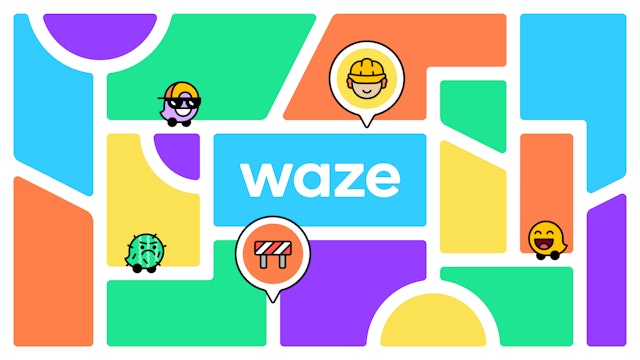
The system introduces a visual language called ‘Block by Block’ inspired by the modular design of the city grid.
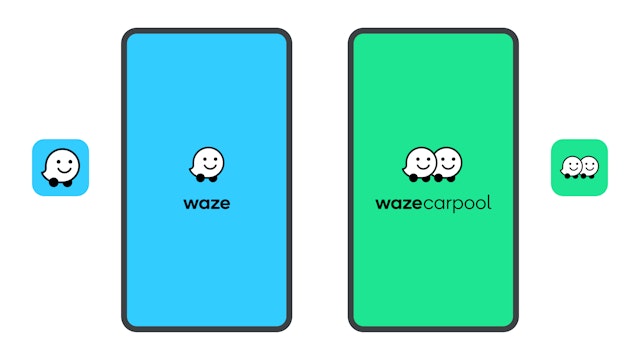
The new Moods offer a broader range of emotions so users can more accurately share their driving experience.
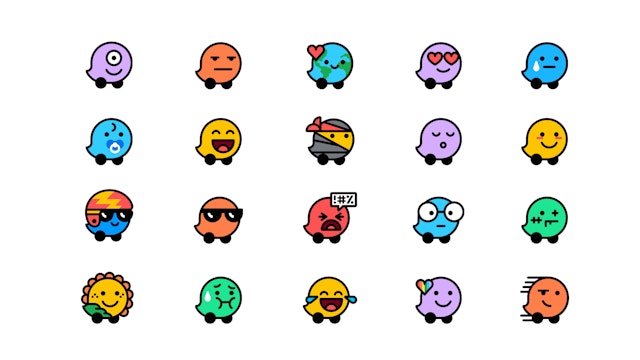



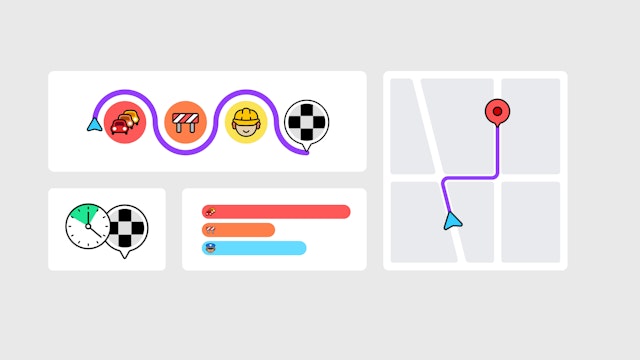

The identity system unifies the look of the brand while supporting its joyful sense of individual expression.

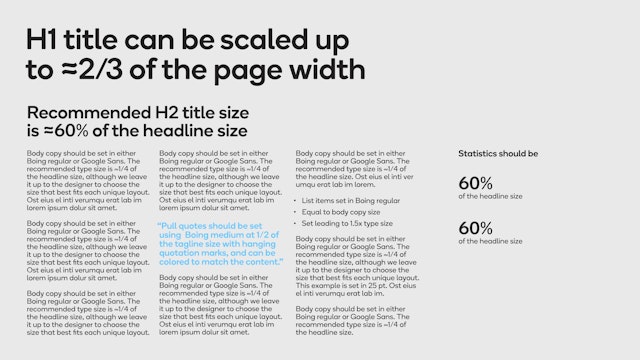
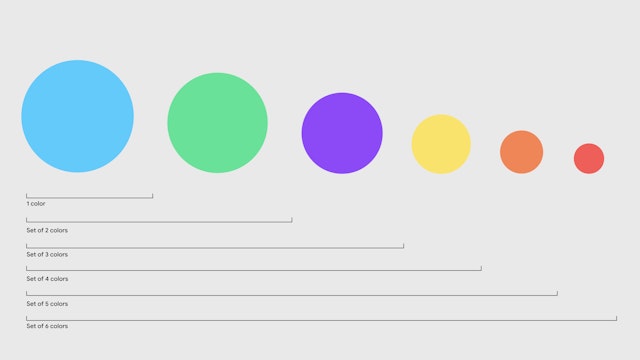

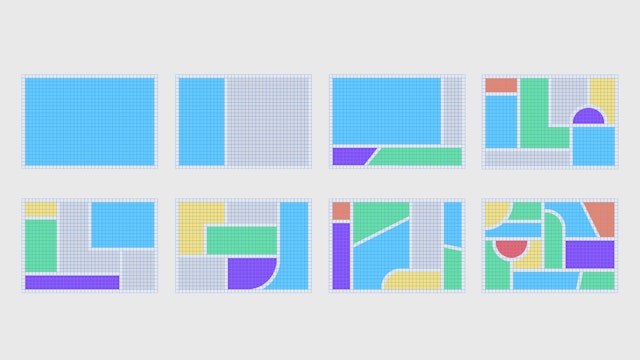
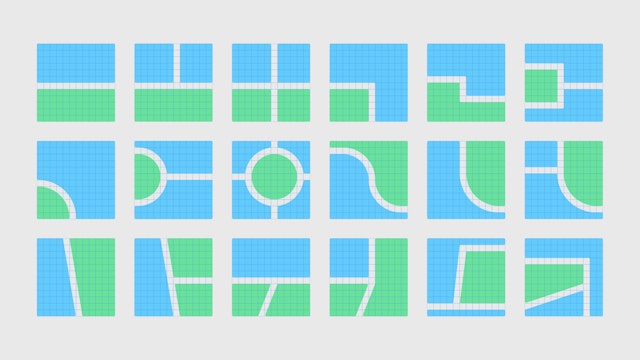


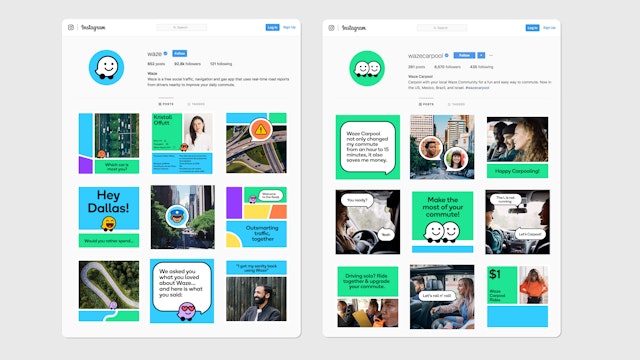


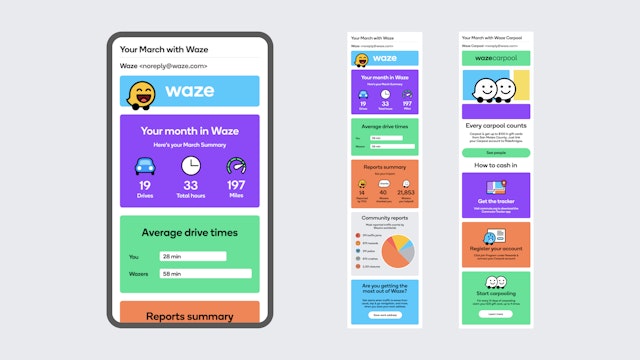
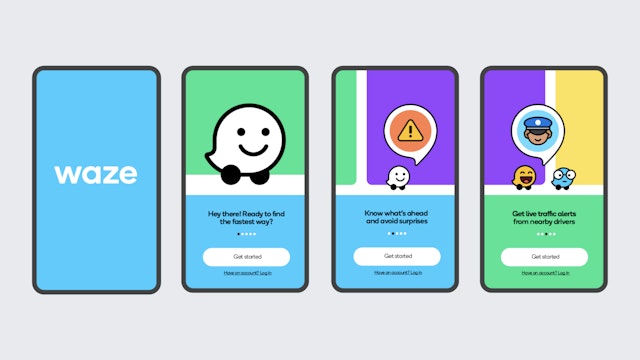
The refresh included the development of a new brand voice and messaging that is bold, witty and welcoming.

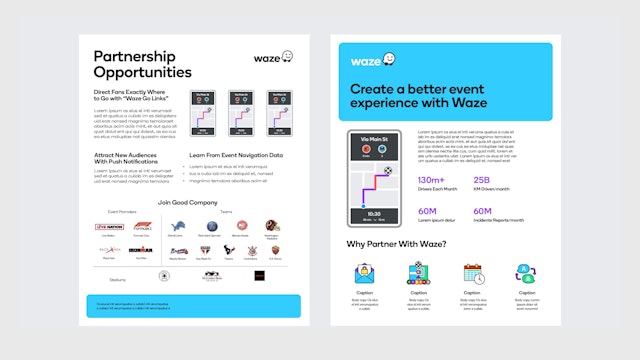
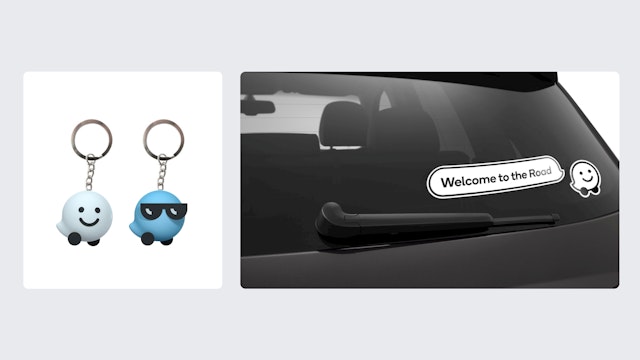

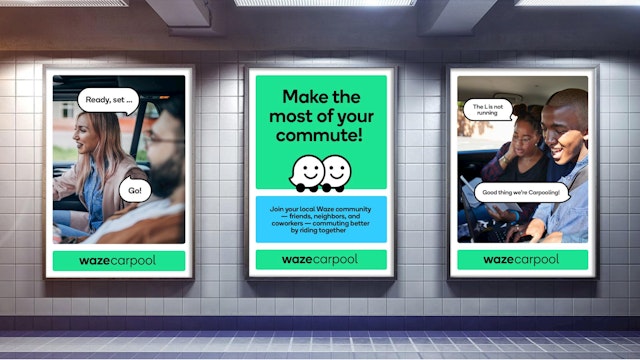
Waze is one of the most popular navigation apps in the world, with 130 million users in over 180 countries who collectively join their local voices to help beat traffic. An avid community of over 500,000 map editors also help document route changes. Waze is transforming the way people move by finding the best way in real time by getting real-time updates from fellow drivers, who can share actionable data about accidents, traffic incidents, speed limits and other trip information. The platform also offers Waze Carpool, a dedicated app that helps users plan rides with fellow commuters on a similar route with a purpose of reducing carbon footprint and traffic.
Pentagram has refreshed the Waze brand identity with a universal system that enhances the platform’s collaborative spirit and provides a better experience on the road. The identity updates the iconic Wazer symbol, introduces a set of new “Moods” that help users more authentically express themselves within the app, and streamlines the platform’s signature use of illustration. The system introduces a colorful visual language called “Block by Block” that is inspired by the modular design of the city grid, roads and streets. The refresh also included the development of a new brand voice and messaging that is bold, witty and welcoming.
The Pentagram team worked closely on the project with the leadership at Waze, including Head of Creative Jake Shaw. Waze was founded on the simple idea that by working together, people could beat traffic. Powered by these everyday acts of cooperation, the platform has always been designing for a shared future. Waze sets itself apart by connecting people and technology to solve the problem of traffic in a way that is fun and functional.
With its roots in crowdsourcing, Waze has always been vibrant and dynamic. The new identity builds on this heritage to create a visual language that unifies the look of the brand while reinforcing its joyful sense of individual expression. The refreshed logotype is based on Boing, the sans serif typeface which combines personality with utility and has rounded corners for a friendly look. (The font was originally designed by A2 Type, who tweaked it for the logo)
An underlying framework based on a geometric grid provides a strong but flexible foundation for the brand as it moves forward. The system builds on the minimalist Waze interface, which uses flat color and clean lines. Along with the logo and Wazer symbol, the program updates core visual elements including the Moods for users’ driver avatars, speech bubbles and product icons, which have all been carefully redrawn based on the same grid. The system ensures consistency across a range of assets, from infographics to social posts to email templates.
This grid comes to life in the new Block by Block visual language inspired by the modular design of the streetscape. The system organizes information into colorful “block-scapes”––from simple, elegant layouts to hectic, city-like structures––that create an instantly recognizable world of Waze across a multitude of contexts, from the app to social media and the Waze website. The blocks are a simple way of bringing the road and map to life in a cohesive way, with an infinitely flexible array of shapes that reflect the variety of the brand but always read as Waze.
The Wazer itself now features a rounder, more upright form, with the wheels placed on either side to give it a sense of depth. The shape more clearly suggests a speech bubble, emphasizing the app’s focus on communication. Two Wazers are paired for the new Carpool Wazer, heading somewhere together. The simple, playful outline-based style extends to the Moods and other illustrated elements and icons.
Drivers see each other on the Waze map as Moods, the avatars they use to express whatever they’re feeling––from clear-sailing bliss to gridlocked frustration. Highlighting the humanity of the Waze community was a goal of the refresh, and an expanded set of 30 new Moods helps bring people to the forefront by focusing on the emotional experience of driving. The new Moods offer a broader range of emotions so users can more accurately share their current state of being, enabling them to better connect with and help other drivers. (The additional Moods were designed in collaboration with FIG.)
The new Moods are based on recognizable feelings or emotions expressed by a person or character, rather than on how they look. To capture as many feelings as possible, Waze conducted research with 13,000 drivers to find out how they described their daily commute. This helped guide and define the range of unique emotions for the new Moods, which capture feelings like Happy, Adventurous and Zombified with more clarity and humor than ever. The family of Moods is infinitely expandable, and extends to custom Moods for partnerships with other brands and celebrities.
Illustration is a key component of Waze’s visual personality. As the app evolved over the years, its image style grew organically, resulting in different ways of depicting things like cities, locations and traffic events that when seen together were visually chaotic and confusing, and not helpful for drivers. The Pentagram designers redrew existing illustrations and icons and established a style guide for their creation going forward, to pare away unnecessary elements and make them look like they belong to the same system as the Wazer and Moods, without losing their vibrancy.
Office
- New York
Partner
Project team
- Yotam Hadar
- Ran Zheng
- Javier Arizu
- Taylor Holland
- John Sampson
- Diego Prestes